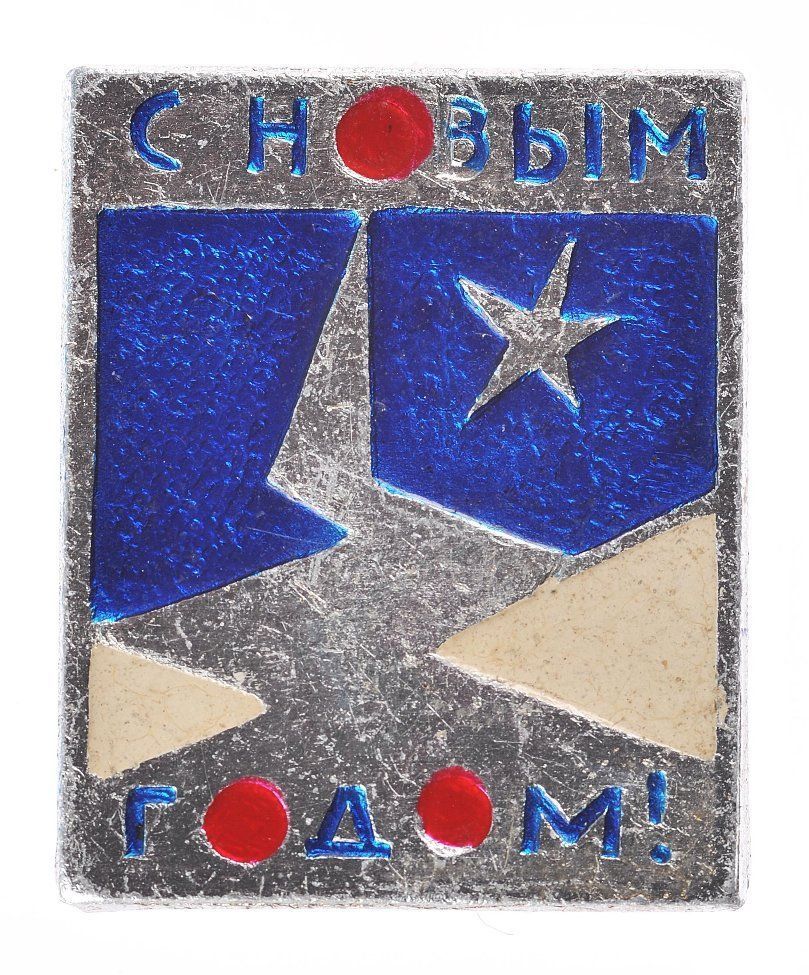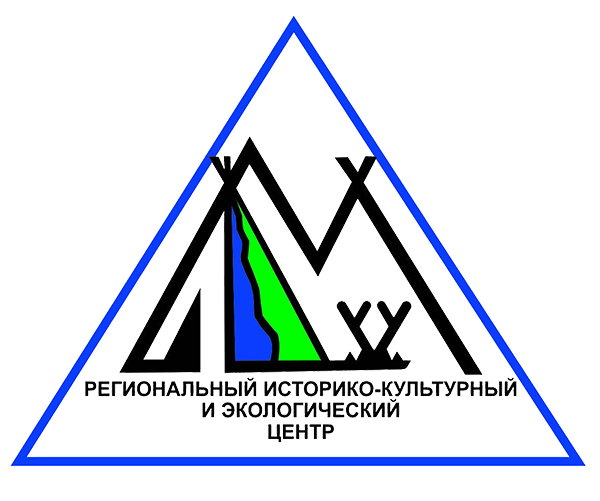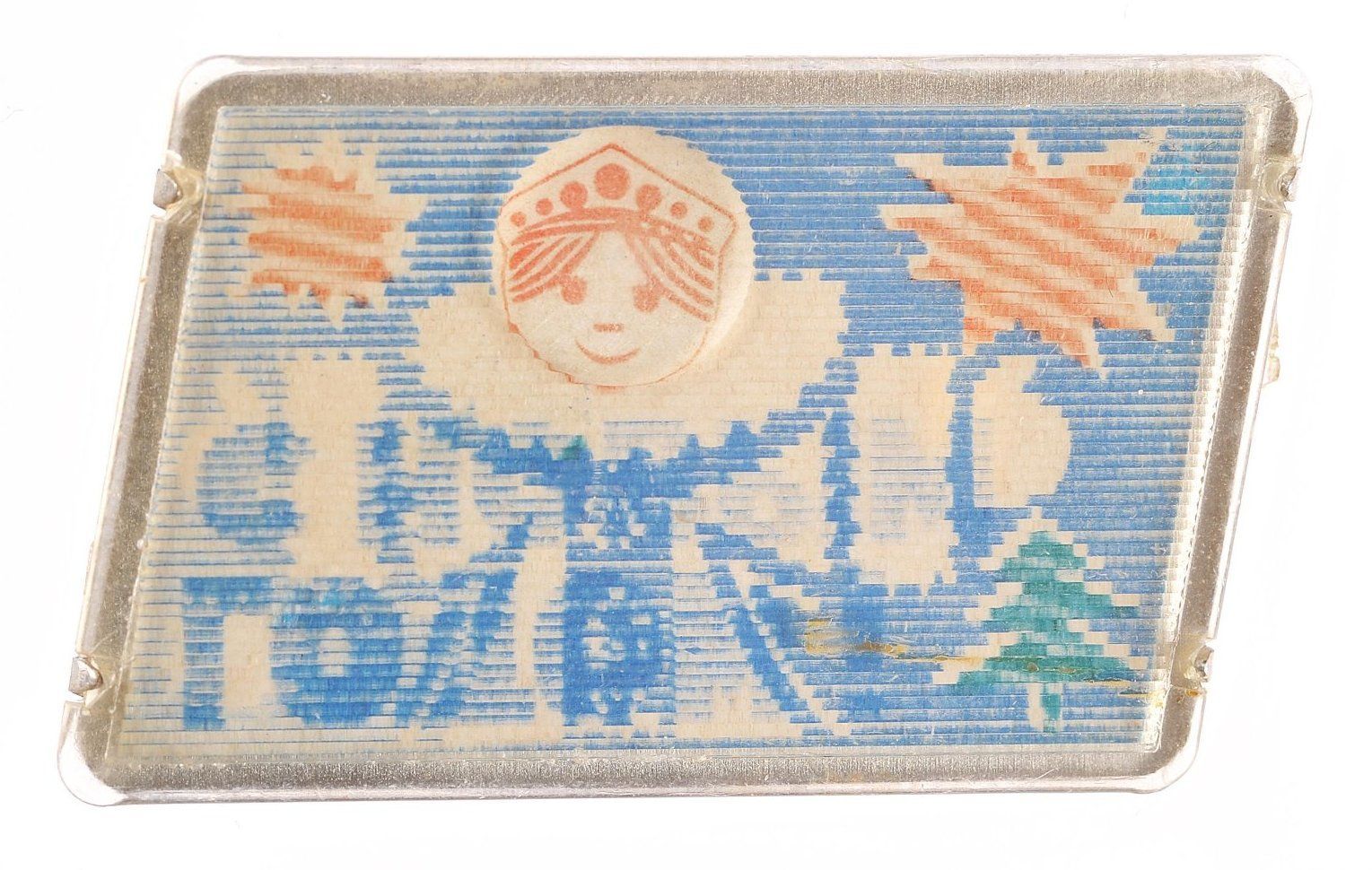Рубрика «Предмет дня» (День работника органов безопасности Российской Федерации)

Рубрика "Предмет дня" / "Exhibit of the day"
Друзья, 20 декабря является достаточно интересной датой в нашей истории. Сейчас вы наверняка знаете, что сегодня мы празднуем День работника органов безопасности Российской Федерации, однако мало кто знает, что именно 321 год назад, в 1699 году Петр I изменил времяисчисление десятка миллионов человек и заложил традиции празднования нового года, которых мы придерживаемся и по сей день.
Эта реформа сводится к двум нормативным документам. Первый – указ от 19 декабря 1699 г. «О писании вперед Генваря с 1 числа 1700 года во всех бумагах лета от Рождества Христова, а не от сотворения мира», согласно 81 которому всем разрядам и приказам надлежало «в пометах, в записках, в грамотах и во всяких… указах» писать годы согласно летоисчислению «от Рождества Господа Бога и Спаса нашего Иисуса Христа». Второй документ был издан 20 декабря и окончательно устанавливал изменение летоисчисления.
Изменялась даже традиция часового исчисления. В допетровский период день начинался с рассветом, ночь – с закатом. Существовавшие часы имели 17 делений, так счет дневного времени устанавливался от 7 (зимой) до 17 (летом). Ночное время, соответственно, длилось от 17 до 7. Часы переводились вручную дважды в сутки. Уже в начале XVIII в стране вводилась европейская система деления суток, где главными точками отсчета стали полдень и полночь. Куранты были заменены на вариант с 12-часовым циферблатом. Именно такие часы появились на Спасской башне в Москве, они были привезены из Голландии.
Многие исследователи сходятся во мнениях, что, создавая новую отправную временную точку для страны, Петр пытался создать «новое время», как сам его и называл. Вскоре, оно было наполнено смыслом, связанным с императором и его деятельностью. Появились праздники рождения, восшествия на престол, коронации императорской семьи, викториальные дни в честь побед русского оружия, кавалерские дни (орденов Белого Орла, Александра Невского, Андрея Первозванного) и полковые праздники императорской гвардии. Такие праздники в контексте «нового времени» ясно показывали, что такое императорская семья и с чем связаны ее подвиги. Однако были и другие, о них и поговорим.
Вскоре после переноса празднования нового года с сентября на январь, последовал приказ царя, который гласил: «По крупным проезжим улицам знатные люди перед воротами должны учинить украшения от ветвей можжевеловых и сосновых, а скудным людям – хотя бы по одному деревцу или еловой ветке на вороты поместить каждому». Интересно, что исконно ель считалась у славян деревом смерти, а глупость человека традиционно выражали словосочетанием «еловая голова». Однако Петр, имевший еще с детства теплые воспоминания о немецких обычаях в которых это дерево впервые использовали в качестве символа Нового года, достаточно долго пытался привить русским данный культурный феномен.
При этом первый день Нового 1700 года начался классическим парадом на Красной площади в Москве. Именно с 1 января 1700 года народные новогодние забавы и веселья получили свое признание, а празднование Нового года стало носить светский (не церковный) характер. В знак всенародного праздника палили из пушек, а вечером, в темном небе вспыхивали разноцветные невиданные прежде огни фейерверка. При Екатерине II знатные люди в преддверии праздника начинали проводить балы-маскарады, также отмечали Новый год пальбой из пушек, которую позже отменил Павел I. Новогодняя ель окончательно вошла в обиход в период царствования Николая I. Произошло это благодаря супруге императора — прусской принцессе, принявшей православие под именем Александры Федоровны. Схематичное изображение елки представлено на первом сегодняшнем предмете – значке, поступившим к нам фонды в 2006 году от Т.П. Адартасовой.
А дальше вы знаете: В. Одоевский в 1840 году впервые показывает персонажа Деда Мороза в своем рассказе. Суровый, но добрый характер быстро отпечатался в народном восприятии. С 1935 году на праздниках появляется еще и внучка Деда Мороза – Снегурочка, окончательно став символом Нового года. Она, кстати, располагается на втором сегодняшнем значке. Вы можете видеть рисунок сине-белой снегурочки, переходящий в синюю надпись "С новым годом". Любопытно, что на почтовых открытках начала ХХ века Деда Мороза часто сопровождал мальчик Новый Год, и если деда изображали в красной или белой шубе, то мальчика — в голубом костюме. Эта традиция определила цвета костюмов праздничных персонажей, появившихся на первой официальной ёлке в Доме Союзов: Деда Мороза сопровождала Снегурочка в одежде голубого цвета. Сам же значок был изготовлен во второй половине прошлого столетия, что является подтверждением окончательного закрепления образа снегурочки.
ENG version
Friends, December 20 is a rather interesting date in our history. By now you probably know that today we are celebrating the Day of the employee of the security agencies of the Russian Federation, but few people know that it was 321 years ago, in 1699, Peter the Great changed the timekeeping of ten million people and laid the traditions of celebrating the new year, which we still adhere to today in our country.
This reform boils down to two normative documents. The first is the decree of December 19, 1699 "On the necessity of writing January from the 1st day of the year 1700 in all papers a summer from the Nativity of Christ, not from the Creation of the World", which obliged all registers and orders "in notes, memos, letters and in all... decrees" to write years according to the chronology "from the Nativity of Our Lord and Savior Jesus Christ". The second document was issued on December 20 and permanently established the change of chronology.
Even the tradition of hour counting changed. In the pre-Petrine period the day began with dawn, night - with sunset. Existing clocks had 17 divisions, so the count of the day time was set from 7 (in winter) to 17 (in summer). The night time, respectively, lasted from 17 to 7. The clocks were turned manually twice a day. Already in the early 18th century the European system of division of the day was introduced in the country, where noon and midnight became the main reference points. The chimes were replaced by a version with a 12-hour dial. It was this kind of clock that appeared on the Spasskaya Tower in Moscow, and was brought over from Holland.
Many researchers agree that by creating a new starting point for the country, Peter tried to create a "new time," as he himself called it. Soon, it was filled with meaning associated with the emperor and his activities. The festivals of birth, ascension to the throne, coronation of the imperial family, victorious days in honor of victories of Russian arms, cavalry days (of the Orders of the White Eagle, Alexander Nevsky, and St. Andrew the First Called), and regimental festivals of the imperial guard appeared. Such holidays in the context of the "new times" clearly showed what the imperial family was all about and what its exploits were associated with. However, there were others, and we will talk about them.
Soon after moving the celebration of the new year from September to January, the tsar's order followed, which read: "On large passable streets noble people in front of the gates should make decorations with branches of juniper and pine, and scarce people - at least one tree or spruce branch on the gates to put everyone." It is interesting, that originally the spruce was considered among the Slavs as a tree of death, and the stupidity of man was traditionally expressed by the phrase "spruce head. However, Peter, who had fond memories from his childhood of the German customs in which this tree was first used as a symbol of the New Year, for a long time tried to instill this cultural phenomenon in the Russians.
That said, the first day of the New Year in 1700 began with a classic parade on Red Square in Moscow. It was from January 1, 1700 that folk New Year's fun and festivities received their recognition, and the celebration of the New Year began to have a secular (not church) character. As a sign of a national holiday cannons were fired, and in the evening, in the dark sky broke out multi-colored lights of fireworks never seen before. During the reign of Catherine II, on the eve of the holiday the nobles began to hold masquerade balls, and celebrated the New Year with cannon fire, which was later abolished by Paul I. New Year's Eve finally came into use during the reign of Nicholas I. It happened thanks to the wife of the emperor - a Prussian princess, who converted to Orthodoxy under the name of Alexandra Feodorovna. The schematic image of the Christmas tree is shown on the first object of today - a badge, which came to us in 2006 from T.P. Adartasova.
And then you know: V. Odoevsky in 1840 for the first time shows the character of Santa Claus in his story. The harsh but kind character quickly imprinted itself in people's perception. Since 1935, the granddaughter of Santa Claus, Snegurochka, also appears on the holidays, finally becoming the symbol of the New Year. She, by the way, is located on today's second badge. You can see a picture of a blue and white snow maiden, which turns into a blue inscription "Happy New Year. Curiously, on postcards from the early twentieth century, Santa Claus was often accompanied by a boy New Year, and if the grandfather was depicted in a red or white fur coat, the boy - in a blue suit. This tradition determined the colors of the costumes of the holiday characters, who appeared at the first official Christmas tree in the House of Unions: Santa Claus was accompanied by Snegurochka in clothes of blue. The badge itself was made in the second half of the last century, which is confirmation of the final fixation of the image of the Snow Maiden.
#НовыйГод #Петр #Снегурочка

